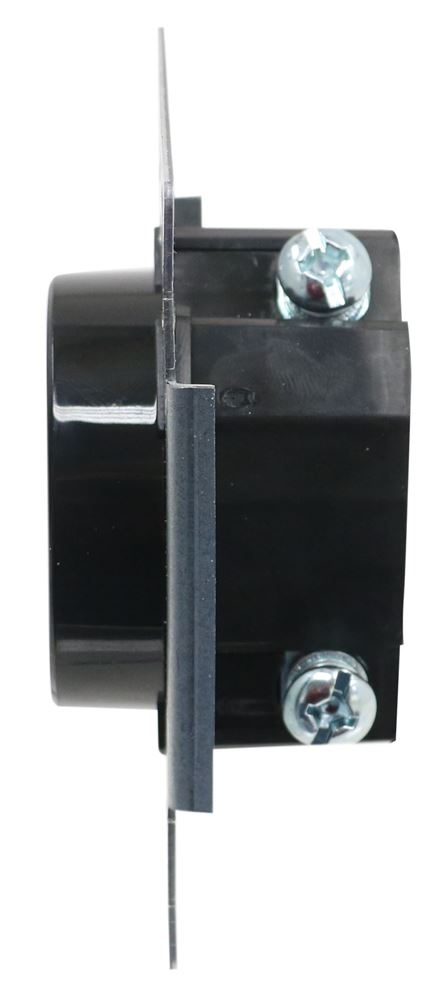


RV plugs of 30 amps at 220 volts usually generate 5250 watts of power. With this table, you can decide which devices to run with the RV 30 amp service. Let’s now evaluate some basic appliances and determine the wattage each needs. A typical 30-amp RV service has three prongs and provides a total of 3,600 watts of power at 30 amps at 120 volts. Motorhomes often have 30 amps RV plugs with 120 or 220 volts outlets. Let’s say your device is producing 30 amps and you want to know how many watts are needed for it to operate, the formula above will be needed to convert 30 amps to watts:ģ0 amps X 120 volts = 3600 watts List of Units That Can Run on 30 Amps you have to convert 30 amps to volts using the formula aboveģ600 watts / 30 amps = 120 volts 2. Let’s say you want to use your device but you want to be sure you are not over 120 volts so that you wouldn’t run the risk of damaging your equipment. It is also helpful to look at the listed labels for your device and you will see its wattage and/or amperage needed to operate. If you want to determine how many volts are present, you must divide watts by amps in order. Contact us to learn about your options.There are several methods to determine how much voltage or wattage is required to run a machine at 30 amps.īy using the tool below, you can calculate the voltage and wattage quickly. Fortunately, our appliance repair classes can help you do just that. Are you confident in yours? If not, you may want to brush them up. As a result, you need to make sure that you can both match the right appliance to the right outlet, and replace the wiring with one of adequate strength if necessary.Īny type of appliance repair requires at least some electrical knowledge.

Put simply, you don’t want to risk messing up the electricity and risking a fire hazard or improperly functioning appliance. If you want to save money and undergo that repair yourself, you need to understand exactly how electricity and the different types of current play into your repair efforts. No matter how great your new oven or washing machine is, it won’t last forever with the need for repair at some point. The Need for Electrical Expertise in Appliance RepairĮvery appliance will inevitably break down at some point. Should you ever need to replace an outlet or wire, you need to know what type of conductor and wire strength will be necessary. You need to know exactly where your stove, washing machine, and dryer will be located in order to ensure that your wiring is adequate for optimum function. All of them will technically run on 120V, but they won’t be nearly as effective in fact, an oven that is connected to a 120V wire will only produce 1/4 the heat it would produce if connected to a 240 volt outlet.įor your home, that means planning your electricity carefully is an absolute necessity. Your washing machine, dryer, and oven/range are the most common examples. But in some situations, 240 volt wiring and outlets may be required.Ī number of your appliances require more than 120 volt to run adequately and reliable. In fact, if you don’t know that there are two types of outlets, these will be the ones that you think of as ubiquitous. You will recognize these outlets anywhere in your home. Microwaves, refrigerators, and dishwashers are examples of examples that will function perfectly fine on 120 volt outlets. Most everyday appliances only need enough electricity for a 120 volt outlet. But as it turns out, both the 120 volt and 240 volt alternatives can be beneficial, depending on your needs (and appliances). You may think that the safe route, then, is to simply go with 120 volt outlets throughout your home. A 240 volt outlet, on the other hand, is larger, with room for three individual plugs or four plugs of varying size. The first image that comes to mind will tend to be 120 volt it’s the one you use to plug in anything from your vacuum cleaner to your phone charging cable. You can distinguish between a 120 volt outlet and a 240 volt alternatively relatively easily. Ignore that fact, and your conductors can overheat, leading to significant fire hazards. Not every electrical wire (and outlet) can handle higher voltage, such as 240 volts. Of course, that means you have to be very careful. The more quickly and harder the individual electrons are pushed through your electrical wiring, the more power they will provide to the outlet. Think of electrical currents in your home as pressure. You will find them both in your home but how are they actually different, and why do you need to know the difference to begin with? That’s what this post will examine. Any time you do electric work in a home, or even need or want to move your appliances around, you need to understand the difference between 120 and 240 volt outlets.


 0 kommentar(er)
0 kommentar(er)
